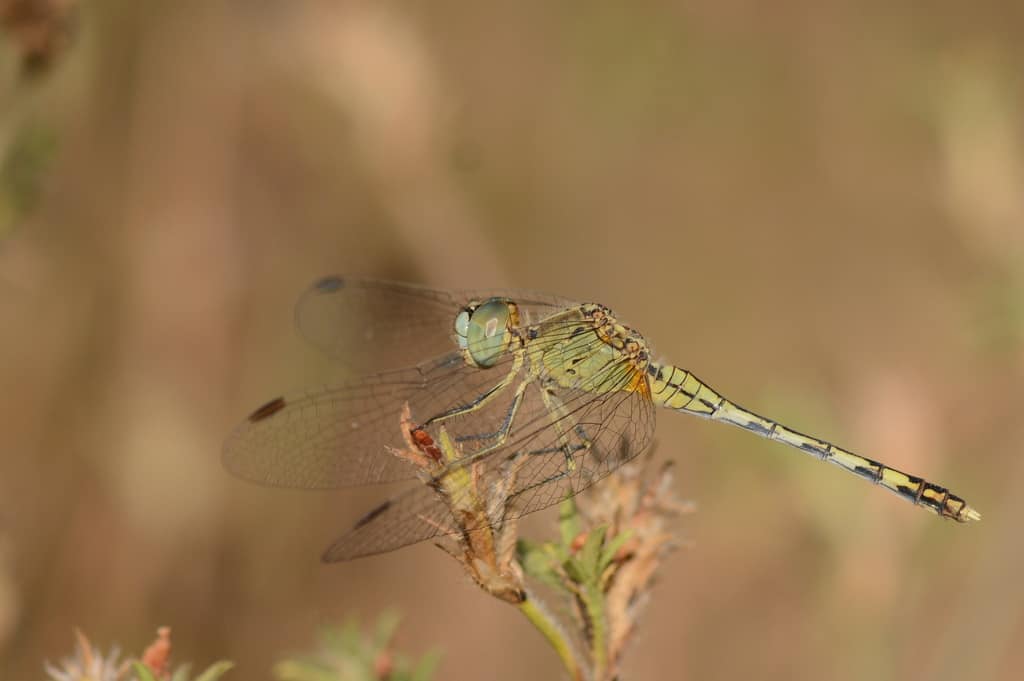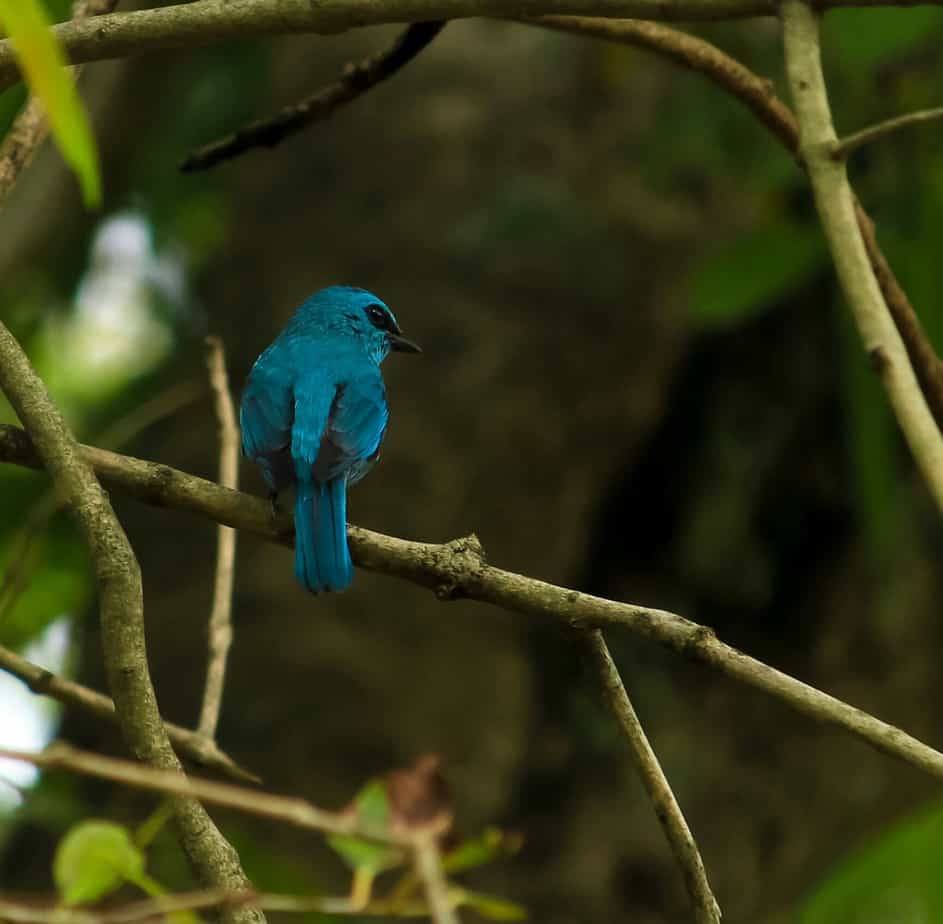In Part 1 and Part 2 of this series, we saw that the impact on biodiversity is completely ignored when real estate projects are given Environment Clearance (EC), even though documents submitted by the builder are often completely obscure or even copy-pasted from other publications. Yet the SEIAA (State Environment Impact Assessment Authority) clears most of these projects without question.
When it comes to mega ‘township’ projects with built-up area above 1.5 lakh square metre, builders have to submit an Environment Impact Assessment (EIA), giving details of the abundances and densities of flora and fauna in the project area as per the union environment ministry’s 2010 guidance manual.
No clarity on study methods, type of data to be submitted
Despite the guidance manual, project promoters often simply provide a checklist of species after a one-day study. Checklists typically focus on visible large flora and fauna such as birds, mammals and a few reptiles. Smaller fauna are totally ignored – while a few butterfly species get listed, other insects and arthropods rarely are, even though these organisms are an important food source for large animals like birds, and provide important services like pollination and natural pest control.

The guidance manual itself is vague about the methods to be used for studying flora and fauna. EIAs don’t seem to employ established ecological methods, such as the point count method to study the abundance and density of birds in a given area.
Read more: Superficial studies and low transparency make Env Clearance process pointless
This problem is further compounded by the Terms of Reference (ToR) that SEIAA sets for each project. ToR lists the specific details the developer should provide in the project’s EIA.
I found that the ToR for most projects did not ask for quantitative details of the flora and fauna in the project site. Instead, the developers were only asked for biodiversity studies covering a single season.
What is biodiversity?
Biodiversity or biological diversity is the variety of life found in any given location. This can refer to the variety of plants, mammals, insects and birds; or of habitats and ecosystems.
Why does it matter?
Research shows that biodiversity is vital to human survival and well-being.
- Protection: Biodiverse habitats within cities can offer natural protection against extreme weather events like floods and heatwaves.
- Livelihoods: Preserving a diverse set of organisms is vital to protecting livelihoods like agriculture, livestock rearing and fisheries, and providing economic security.
- Health: Access to biodiverse public parks and green spaces improves physical health by reducing exposure to pollution, and mental health by reducing anxiety and depression.
- Cultural: Biodiversity is an intrinsic part of human cultural and spiritual practices.
“The fact that birds utilise any given area for their varied life needs, like obtaining food, shelter, nesting and roosting [means] one should get details on birds in a given area in all seasons,” says Subramanya S, an ornithologist and retired scientist from the University of Agricultural Sciences, Bengaluru. “For even a cursory bird study of an area, I would like at least a fortnightly survey, for a minimum one year.”

Over a phone conversation on July 27, SEIAA Chairman K R Sreeharsha declined to comment on whether a single season of biodiversity data is adequate, but said he would look into this issue.
Not just endangered species, local biodiversity is important too
EIAs also justify the project by pointing out that the species recorded are not rare or endangered according to the IUCN Red List, or are not listed under Schedule 1 of the Wildlife (Protection) Act, the highest protection under Indian law.
But scientists rubbish this method. “One needs to look at whether these species are locally rare or locally important as well,” says Harini Nagendra, ecologist and Professor of Sustainability at Azim Premji University.
“If there are a large number of ‘Least Concern’ species, it does not mean that the area is not important,” adds Subramanya. “Every taxa/species found in a given area will have a role to play and would be part of a local food web, and thus should not be overlooked.”
As highlighted in the previous parts of this series, construction proposals often entirely dismiss the existence of biodiversity. They characterise the sites as vacant lands with only a few shrubs/grasslands, or as agricultural land to be converted for residential use.
But studies show that even small, seemingly vacant plots of land with shrubs and grasses can harbour considerable biodiversity, including migratory birds like the Blyth’s Reed Warbler which arrives from Central Asia and Siberia to winter in Bengaluru.

The biodiversity that’s identified depends on how degraded the land is and what sort of diversity one looks for, explains Subramanya: “Even if large animal taxa are absent, even a small site of 2 ha can harbour considerable biodiversity with a variety of taxa that are small in size: say for example, insects, spiders, soil invertebrates and other micro-fauna.”
Strong focus on landscaping, but does it help?
The Environment Management Plans (EMPs) of construction projects also focus heavily on landscaping, particularly the number of trees that would be planted on the project site. Tree planting is also pushed by the ministry’s guidance manual, without any consideration as to whether the fauna found in the project sites are adapted to dense tree cover.
A recent study found that Bengaluru Urban has 8,800 hectares of open natural ecosystems such as scrubland and grasslands while Bengaluru Rural has 20,000 hectares of open ecosystems. Several bird species listed in EIAs are adapted to such habitats. For example, weaver birds are adapted to scrubland and reed beds adjacent to wetlands, while black drongos are adapted to open landscapes like grasslands and agricultural fields. Reptiles like rock agamas need rocky outcrops to display themselves during mating season, and also soft soil or construction that mimics such habitat, for laying eggs.

Harini stresses that such habitats and ecosystems need to be considered in EIAs, to understand what sort of species they harbour and what ecosystem services they provide to the city.
When I asked Sreeharsha if landscape plans were assessed based on the provision of suitable habitat for the species present in the project sites, he said he was not sure about such microscopic details.

The ultimate problem, however, is that individual real estate projects can’t account for the cumulative impact of multiple projects coming up in Bengaluru. A common justification for these projects is that the Bangalore Development Authority (BDA) has already earmarked land for residential or commercial projects through their Master Plan for the city. But even though the fate of thousands of hectares of land is decided by the BDA, it doesn’t conduct any EIA for its Master Plans, points out environmentalist Leo Saldanha.
Read more: Not just Lalbagh, your small neighbourhood park too can protect Bengaluru’s biodiversity
“The need for cumulative impact assessment and policy level assessments from the environment, biodiversity, water and social justice perspectives have been an ask for a long time,” says Kanchi Kohli, environmental researcher at the Centre for Policy Research, New Delhi. However, successive governments have shied away from implementing this, especially when it comes to the real estate sector.”
Leo Saldana agrees, “There is such an aggressive commercialisation of land in the city, that biodiversity is seen as a liability”.
This article is part of a series on ‘Bengaluru’s Ecosystems and Biodiversity’. This is a joint project with Mongabay India, and is supported by the Bengaluru Sustainability Forum.